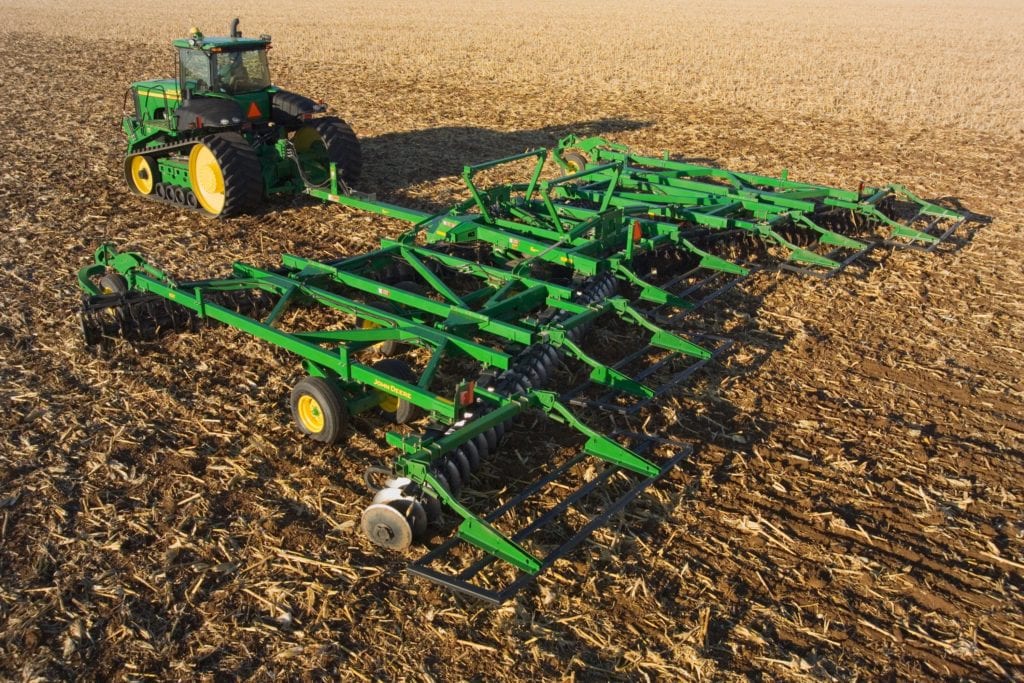
The right equipment is important for managing residue in continuous corn.
Timely planting this spring likely means an earlier harvest than last year. As you begin making harvest plans, factor in fall tillage and weed control as well.
Fall is also a good time to correct issues from wet planting, including sidewall compaction.
Since the adoption of corn hybrids with biotechnology traits, farmers have continued to see increased yields, which created the challenge of dealing with increased residue levels when planting the following year’s crop.
Consider the following best management practices to alleviate increased residue in your fields:
- Consider alternative tillage practices, including conventional, no-till, and strip-till. Consult with your AgVenture Yield Specialist (AYS) to learn about the best options for your operation.
- Make equipment modifications: Ask your equipment dealer to recommend combine modifications that can cut and spread crop residue more effectively. Also, consider adjustments to tillage equipment.
- Look into products like humic acid and nitrogen: These products break down plant material and help balance the nitrogen-to-carbon ratio. Talk to your AYS for specific recommendations for your fields.
- Plant cover crops: Cover crops extract nutrients from the residue.
- Incorporate residue over time with crop rotations: Rotating soybeans with corn will help to alleviate some of the buildup of plant material.
Continuous Corn
Managing tillage in continuous corn can come with challenges, including residue management, seed placement, nitrogen (N) application and equipment attachments. Farmers should use a systematic approach to residue management that includes planning integration, nutrient application, and harvest practices.
To have a manageable residue cover at planting, cut residue height to 12-to-24 inches after harvest. Instead of cutting residue, you may choose to calibrate your combine to ensure a uniform residue distribution on the soil surface and provide uniform residue cover.
Fall nitrogen application may stimulate residue decomposition in N-deficient soils.
Your AYS can make more detailed recommendations on fall tillage practices for your operation.